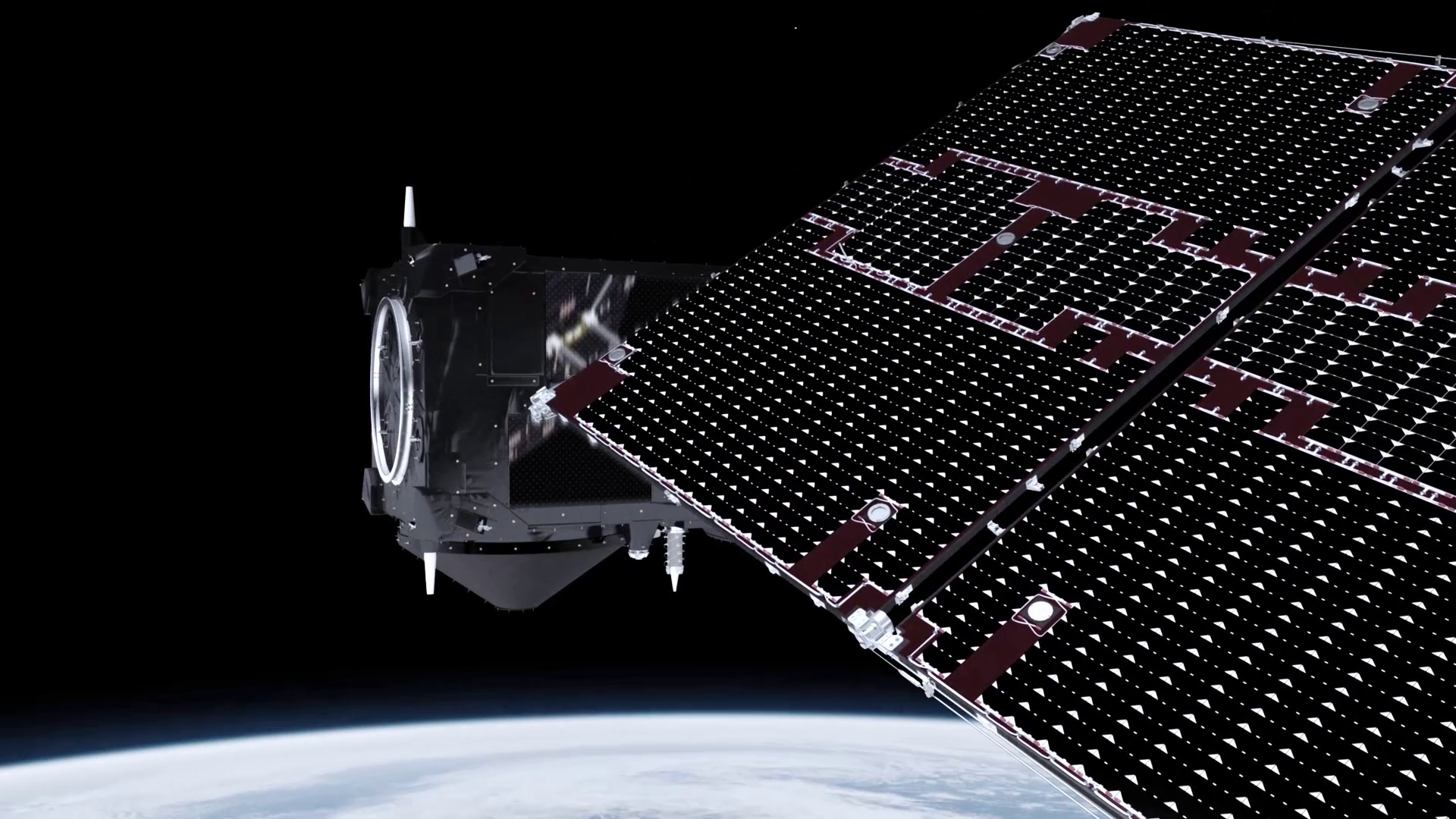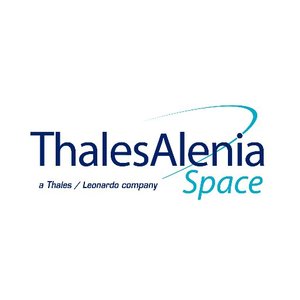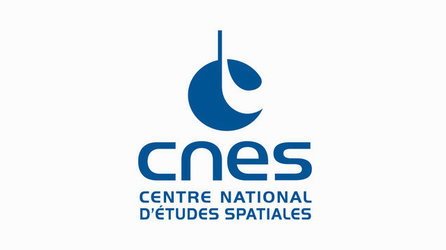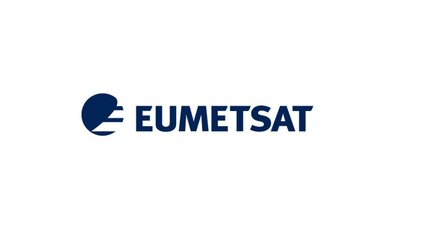Introducing Sentinel-3
The Sentinels are a fleet of satellites designed to deliver the wealth of data and imagery that are central to the European Commission’s Copernicus programme.
This unique environmental monitoring programme is making a step change in the way we view and manage our environment, understand and tackle the effects of climate change and safeguard everyday lives. It serves European citizens, both directly through its products and applications, and indirectly through social, economic and environmental benefits.
Carrying a suite of cutting-edge instruments, Sentinel-3 measures systematically Earth’s oceans, land, ice and atmosphere to monitor and understand large-scale global dynamics. It provides essential information in near-real time for ocean and weather forecasting.
The mission is based on two identical satellites orbiting in constellation for optimum global coverage and data delivery. For example, with a swath width of 1270 km, the ocean and land colour instrument will provide global coverage every two days.
With a focus towards our oceans, Sentinel-3 measures the temperature, colour and height of the sea surface as well as the thickness of sea ice. These measurements are used, for example, to monitor changes in sea level, marine pollution and biological productivity.
Over land, this innovative mission provides a bigger picture by monitoring wildfires, mapping the way land is used, provides indices of vegetation state and measures the height of rivers and lakes – complementing the high-resolution measurements of its sister mission Sentinel-2.
While Sentinel-3 provides enhanced continuity of satellites such as Envisat and Spot, the sheer breadth of data from this new mission means that it is set to be the workhorse for Copernicus.
The mission is the result of close collaboration between ESA, the European Commission, Eumetsat, France’s CNES space agency, industry, service providers and data users.
As a prime example of Europe’s technological excellence, the two Sentinel-3 satellites have been designed and built by a consortium of around 100 companies under the leadership of Thales Alenia Space, France.
After commissioning, ESA and Eumetsat manage the mission jointly, where ESA processes land products and Eumetsat the marine products for application through the Copernicus services. Data are free of charge and open to users worldwide.
Sentinel-3A was launched on 16 February 2016. Sentinel-3B followed on 25 April 2018.















 Germany
Germany
 Austria
Austria
 Belgium
Belgium
 Denmark
Denmark
 Spain
Spain
 Estonia
Estonia
 Finland
Finland
 France
France
 Greece
Greece
 Hungary
Hungary
 Ireland
Ireland
 Italy
Italy
 Luxembourg
Luxembourg
 Norway
Norway
 The Netherlands
The Netherlands
 Poland
Poland
 Portugal
Portugal
 Czechia
Czechia
 Romania
Romania
 United Kingdom
United Kingdom
 Slovenia
Slovenia
 Sweden
Sweden
 Switzerland
Switzerland


































